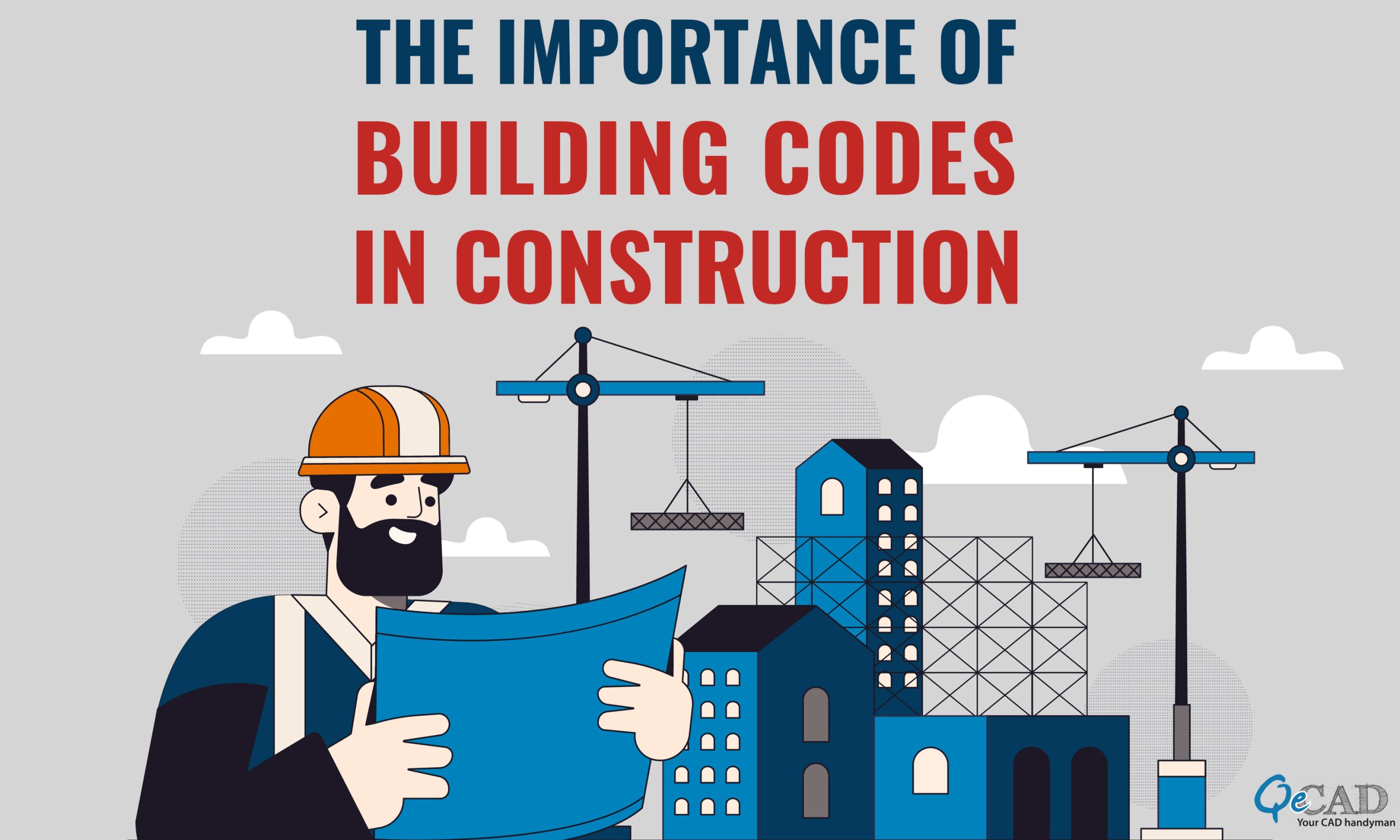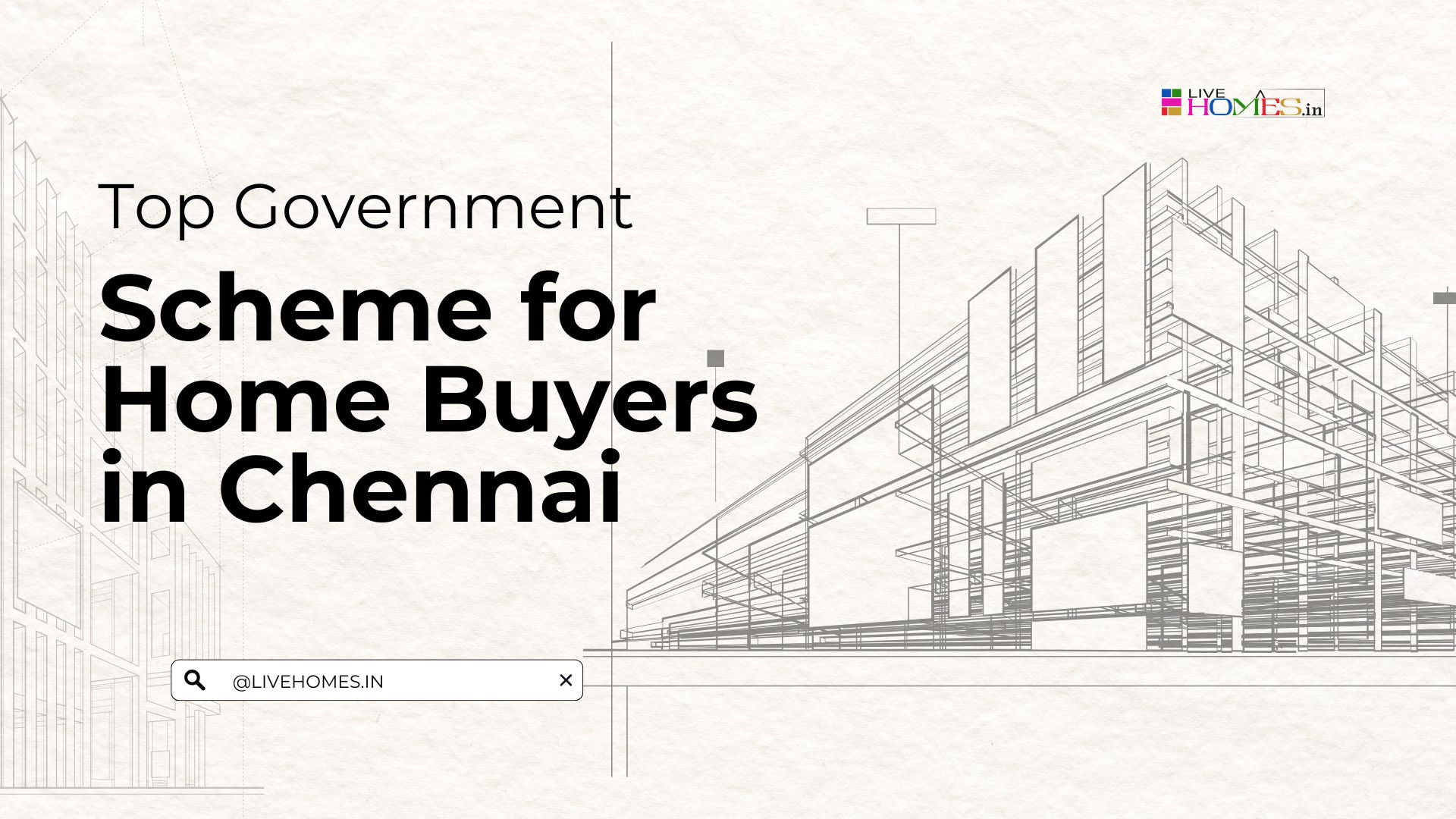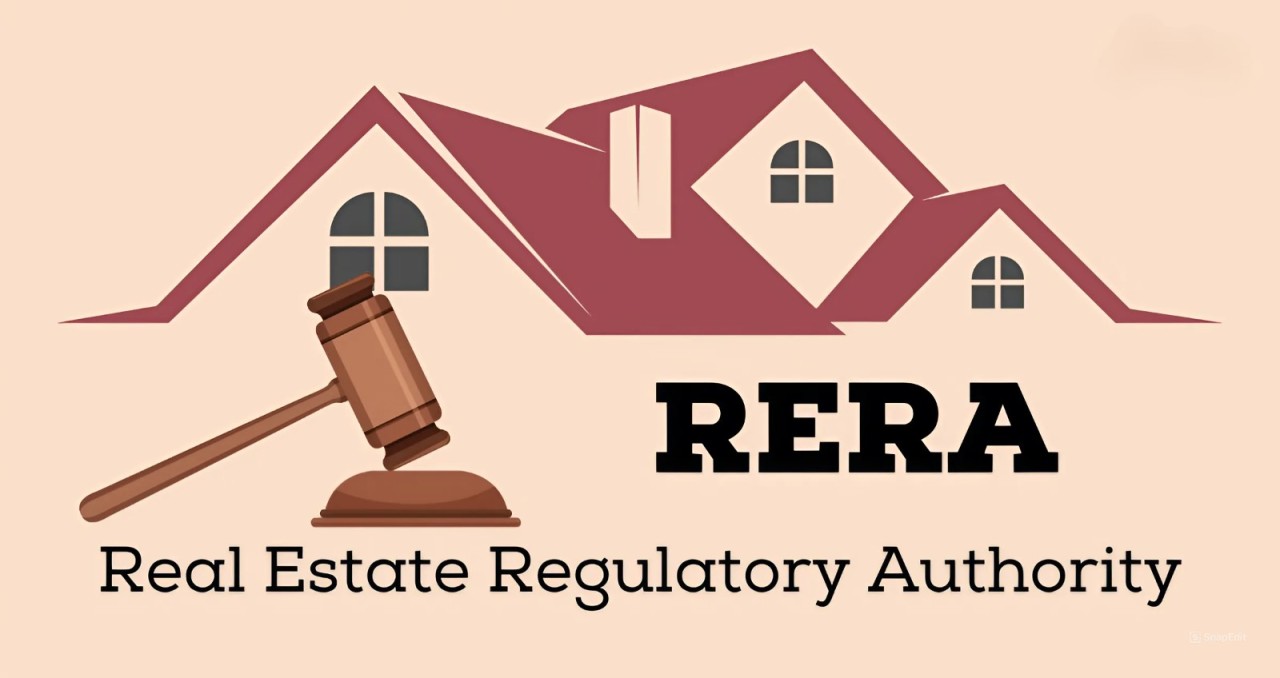Understanding Building Codes and Permits in Detail
Building codes and permits are essential components of the construction and renovation process. They ensure that structures are safe, healthy, and meet the minimum standards for quality and performance. Here’s a comprehensive guide to understanding building codes and permits, focusing on their purpose, types, and how they affect construction projects.
1. What Are Building Codes?
Building codes are a set of regulations that dictate the standards for design, construction, materials, alterations, and occupancy of buildings. These codes are created to ensure safety, health, accessibility, and energy efficiency in the built environment.
Building codes:
- Establish minimum construction standards.
- Protect public safety by preventing hazards like fires, structural failure, and unsafe electrical work.
- Provide consistency in construction practices across different regions or jurisdictions.
- Address a variety of issues such as structural integrity, fire safety, electrical systems, plumbing, and accessibility.
Key Features of Building Codes
- Safety: Codes ensure buildings are structurally sound and able to withstand environmental forces like earthquakes, wind, and snow.
- Accessibility: They address requirements for accessibility, such as ramps for wheelchairs and wider doorways.
- Energy Efficiency: Building codes often incorporate standards for energy conservation, such as insulation, efficient heating/cooling systems, and sustainable materials.
- Health Standards: Codes regulate factors that affect health, such as ventilation, plumbing, and sanitation systems.
2. Why Are Building Codes Important?
- Safety: They help prevent accidents and ensure buildings are constructed in a way that prevents hazards like fires or structural collapses.
- Public Health: Building codes help manage things like indoor air quality, waste disposal, and clean water supply.
- Insurance: Buildings built according to codes may be easier to insure and may result in lower premiums.
- Property Value: Structures built to code often retain higher value because they comply with the latest safety standards.
- Legal Compliance: Failing to adhere to building codes can result in fines, penalties, or the requirement to make costly modifications to the structure.
3. Types of Building Codes
Building codes can vary by region, but they generally fall into several categories:
a. National/International Codes
- International Building Code (IBC): One of the most widely adopted building codes in the U.S., it serves as a model for local jurisdictions and is updated regularly to reflect new technologies and safety standards.
- National Fire Protection Association (NFPA) Code: Covers fire safety aspects, including fire-resistant materials, fire suppression systems, and escape routes.
- International Residential Code (IRC): Specifically focused on residential buildings, it provides guidelines for everything from foundation work to roof framing.
b. Local Codes
- State/Local Regulations: Each state, city, or county may have its own additional building codes that address local climate, environmental factors, and safety needs.
- Zoning Laws: Local codes often intersect with zoning laws, which regulate the types of buildings that can be constructed in certain areas, the height of buildings, and other land-use matters.
c. Specialized Codes
- Plumbing Code: Regulates installation and maintenance of plumbing systems, ensuring proper waste disposal and water supply.
- Electrical Code: Addresses the installation of electrical wiring, outlets, switches, and the grounding of electrical systems.
- Energy Codes: Focus on energy-efficient building practices, such as insulation requirements, HVAC systems, and energy-efficient windows and doors.
- Fire Codes: Regulate fire prevention, emergency exits, fire-resistant materials, sprinkler systems, and fire alarms.
4. Building Permits: What Are They?
A building permit is an official approval issued by a local government agency that allows a property owner or contractor to begin a construction project. Permits ensure that work is done in accordance with local building codes and regulations.
The Purpose of Building Permits
- Legal Authorization: A permit grants permission to start construction or renovation on a property.
- Compliance with Codes: Permits ensure that the project will adhere to all relevant local building codes, zoning laws, and safety regulations.
- Inspections: The process typically involves inspections at different stages to ensure compliance with the approved plans and safety standards.
- Protection: Ensures that the work done on the property will not pose a danger to occupants or the public.
5. Types of Building Permits
Different types of construction projects require different permits. Some common building permits include:
a. New Construction Permits
- Required when building a new structure from the ground up. This permit ensures that the new construction complies with all zoning, building, and safety regulations.
b. Renovation or Remodeling Permits
- Needed for alterations or improvements to an existing structure. These can include anything from adding a new room to reworking the plumbing or electrical systems.
c. Electrical Permits
- Required when installing or altering electrical systems. This ensures that all wiring, outlets, and devices meet safety standards.
d. Plumbing Permits
- Needed for installing new plumbing systems or altering existing ones. Ensures that the work complies with sanitary and safety codes.
e. Demolition Permits
- Required for tearing down part or all of a structure. This ensures proper safety protocols are followed during demolition, including waste disposal and preventing structural collapse.
f. Temporary Use Permits
- For temporary structures like tents, stages, or construction trailers.
g. Special Permits
- For specific situations like installing a pool, building fences, or adding certain types of signage.
| "BEST BUILDER FLOOR APARTMENT IN CHENNAI" |
6. How to Obtain a Building Permit
Obtaining a building permit typically involves the following steps:
-
Pre-Application Research: Before applying, make sure your project complies with local zoning laws and building codes. You may need to visit your local building department to review applicable codes.
-
Prepare Your Plans: Submit detailed plans of your proposed construction or renovation project. These plans should include architectural drawings, structural calculations, and specifications for materials used.
-
Submit the Application: Submit your application, which may include project details, contractor information, and payment for application fees.
-
Review Process: The local building authority will review the plans to ensure they meet all codes and regulations. This could take from a few days to several weeks depending on the complexity of the project and workload of the department.
-
Approval or Rejection: If your plans meet all codes, you will receive approval and a permit. If there are any issues, you may need to revise your plans before resubmitting them.
-
Inspections: After the permit is granted and construction begins, you will typically need to schedule inspections at various stages of the project (foundation, framing, electrical, plumbing, etc.). Inspectors will ensure that the work is up to code.
-
Final Approval: Once construction is complete and passes all inspections, a final certificate of occupancy (CO) or final permit approval will be issued. This confirms that the building complies with all applicable codes and is safe to use.
7. The Consequences of Not Obtaining a Permit
Not obtaining the proper permits can lead to serious legal and financial consequences:
- Fines: Local authorities can impose fines for failing to obtain a permit before starting a project.
- Forced Demolition or Removal: In some cases, authorities may order the removal of unpermitted work, which can be costly and time-consuming.
- Difficulty Selling: Unpermitted work can make it difficult to sell your home. Potential buyers may be wary of buying a property with unpermitted or non-compliant additions.
- Insurance Issues: Your insurance company may not cover damage caused by unpermitted work or may cancel your policy entirely.
https://www.livehomes.in/blogs













